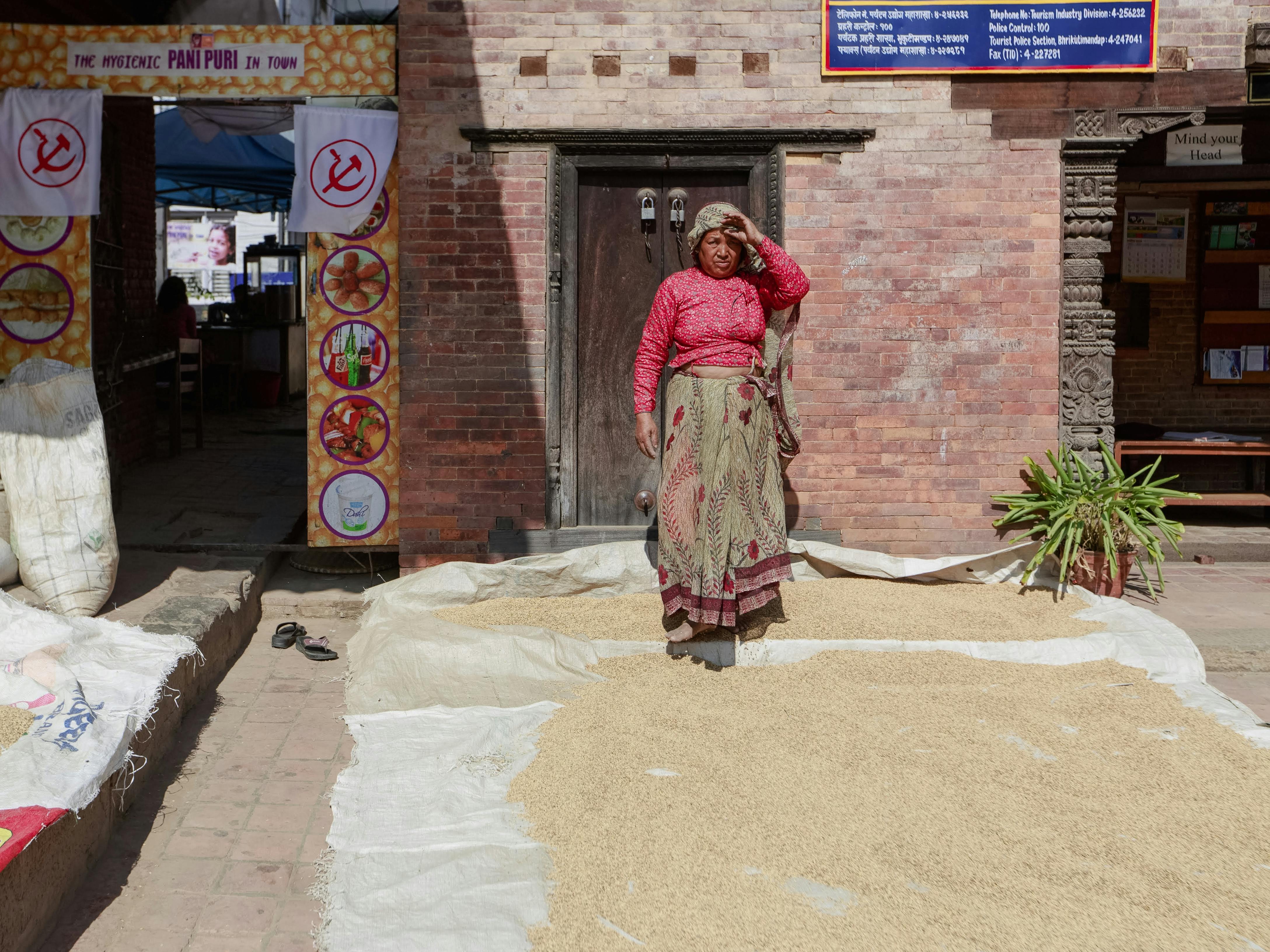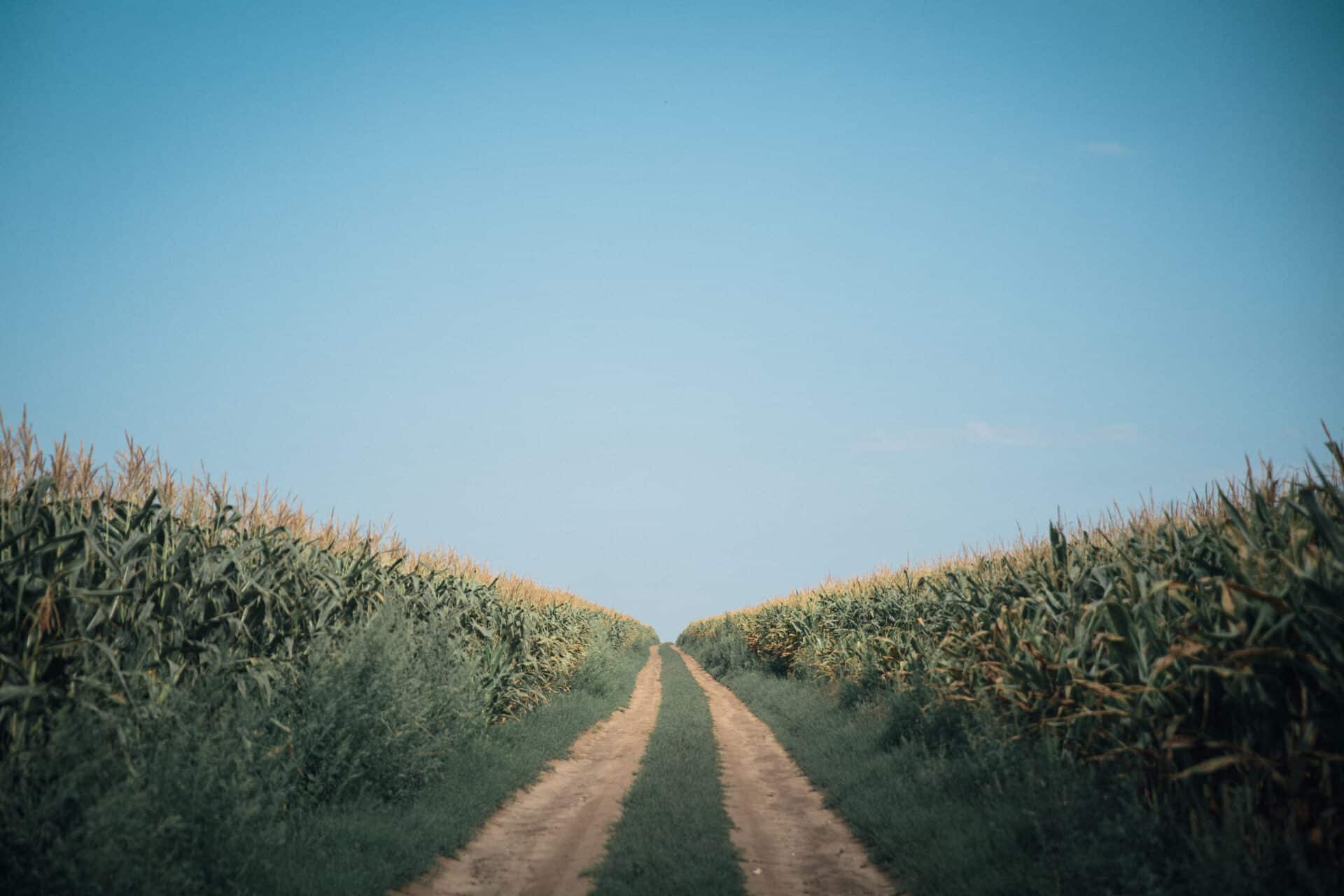Distillers grain is an agricultural by-product of the alcohol distillation process. It is a nutrient-dense, high-protein feed ingredient used as an economical feed supplement for livestock. Distillers grain is produced as a co-product when starch-based grains such as corn and wheat are fermented to produce ethanol or other alcohols. The material left behind after the distillation process contains proteins, fiber, vitamins, minerals, and other nutrients that can be beneficial to animals.Distillers grain is a by-product of the distillation process used to make alcoholic beverages. It is composed of the residuals remaining after starch sources such as corn, wheat and barley are fermented in the production of alcohol. Distillers grain is a high-energy feed ingredient with a nutrient composition that varies depending on the type of grain and how it was processed. It is used as an animal feed and as a fertilizer in some parts of the world.
Types of Distillers Grains
Distillers grains are a by-product of the ethanol production process and have become important animal feed ingredients in recent years. Distillers grains are a good source of protein, energy, and certain minerals such as phosphorus and magnesium. They are also high in fiber, which can help improve digestibility. There are three main types of distillers grains: wet distiller’s grains (WDG), dried distiller’s grains (DDG), and modified distiller’s grains (MDG).
Wet distillers grain (WDG) is produced during the fermentation process when ethanol is being made from grain or other agricultural products. WDG is a thick slurry that has an average moisture content of 65 percent and contains all the components that were present in the original grain or agricultural product. It is often fed to livestock in liquid form or mixed with other feed ingredients to make a complete ration.
Dried distillers grain (DDG) is produced by drying WDG so that it has an average moisture content of 10 percent. DDG has a longer shelf life than WDG, which makes it easier to transport and store for later use. DDG has more concentrated levels of protein, energy, fat, fiber, and certain minerals than WDG. It can be used as a partial substitute for other feed ingredients such as corn and soybeans in livestock rations.
Modified distillers grain (MDG) is produced by further processing DDG through a steam-cooking process that breaks down some of the carbohydrates into smaller molecules. This makes them more easily digested by livestock animals such as cattle, sheep, horses, pigs, and poultry. MDGs also have higher levels of protein, energy, fat, fiber, minerals and vitamins than either WDGs or DDGs.
Benefits of Distillers Grain for Livestock
Distillers grain is a by-product of ethanol production, and it is gaining popularity as a livestock feed supplement. Distillers grain contains protein, fat, minerals, vitamins, and fiber in quantities that vary depending on the type of grain used and the ethanol production process. As a feed supplement for livestock, distillers grain has many advantages over traditional feed grains.
Distillers grain is more easily digested than traditional grains and can provide higher energy levels to the animal. This means that the animal needs less feed to get the same energy level as with traditional grains. The higher energy content also gives animals more stamina and can improve their performance in races or other competitions.
The high fiber content of distillers grain makes it easier for animals to digest and absorb nutrients from other feed sources. It also helps keep animals full longer, reducing overeating and waste. The vitamins and minerals in distillers grain are beneficial for promoting healthy growth in young animals, improving reproduction rates in breeding herds, and maintaining overall health in adult animals.
Distillers grain is also cost-effective compared to other types of animal feeds because it contains more nutrients per unit weight than traditional grains. This means farmers can purchase fewer bags of feed or have fewer bags delivered to their farms to maintain their livestock’s dietary needs. Additionally, distillers grain has a long shelf life, so farmers can store extra bags without worrying about spoilage or loss of quality over time.
Overall, distillers grain offers many benefits for livestock producers looking for an economical way to provide their animals with nutritious feed supplements. While there may be some drawbacks associated with distiller’s grain supplementation such as possible contamination from certain toxins or heavy metals present in the fermentation process, these potential risks are generally outweighed by the positive benefits that this product provides for farmers and their animals alike.
Production Process for Distillers Grain
The production of distillers grain involves a process involving several steps. The first step is the milling of grains such as corn, wheat, rye, barley, and milo. These grains are milled into a fine powder and then mixed with water to create a mash. The mash is then heated to a specific temperature for fermentation. During the fermentation process, the yeast converts sugars in the mash into alcohol and produces byproducts such as carbon dioxide (CO2) and other compounds. After fermentation, the liquid is distilled to separate the alcohol from other compounds in the mash. The remaining liquid is then filtered to remove any solids or impurities that may be present in it. Finally, the liquid is dried and cooled to create distillers grain which can be used as an ingredient in many food products or animal feed products.
Distillers grain is an important source of nutrients for animals including protein, carbohydrates, fat, vitamins, minerals and other beneficial compounds. It also helps improve digestibility of feedstuffs and can reduce feed costs while providing an important source of nutrition for livestock operations. Distillers grain can also be used as a soil amendment due to its high organic matter content which helps improve soil structure and fertility. The production process for distillers grain ensures that it meets high quality standards that are important for both human consumption and animal feed applications.
Distillers Grain Nutritional Value
Distillers grain, also known as ‘spent grain’, is a cereal by-product of the distillation process. It is a rich source of essential nutrition and can be used as a feed ingredient for livestock. Distillers grain is high in protein, fat, fiber and minerals such as zinc, copper, phosphorus and magnesium. It also contains vitamins A and E, thiamine and riboflavin. Distillers grain can be used to supplement the diets of cattle, sheep, pigs and poultry. It provides an excellent source of energy for animals and helps them to maintain their health and well-being. The nutritional value of distillers grain varies depending on the type of grain and the production process used in its manufacture. However, generally speaking it is a good source of protein, carbohydrates and fats for animals.
Distillers grain can be fed to animals directly or incorporated into animal feed formulations. It can also be used as an ingredient in pet food or processed into pellets or cubes for use in ruminant diets. When incorporated into animal feed formulations it helps to improve animal performance and can reduce feed costs as well as improving the overall nutritional value of the diet. Distillers grain can also provide essential nutrients that may otherwise be lacking in an animal’s diet such as zinc, copper and magnesium which are important for bone development and immunity against disease.
In conclusion, distillers grain provides an excellent source of nutrition for livestock animals due to its high nutritional content including protein, fat, fiber minerals such vitamins A & E as well as essential trace elements like zinc & copper etc., which are important for animal growth & development . Additionally it has been found to help improve animal performance when included in their diets & may reduce overall feed costs too.

Factors Affecting the Quality of Distillers Grain
Distillers grain is a by-product of ethanol production and can be used as an animal feed ingredient. The quality of distillers grain is influenced by several factors, including the type of grain used, the distillation process, and storage methods.
The type of grain used to produce distillers grain affects its nutrient content and quality. Different grains contain different amounts of protein, fat, fiber and minerals which can influence the nutritional value of the final product. For example, corn-based distillers grains are typically higher in protein than barley or wheat-based distillers grains.
The distillation process also affects the quality of distillers grain. The temperature and pressure used during this process can impact the nutrient content and digestibility of the final product. For example, higher temperatures may reduce protein content while lower temperatures may increase fat content.
The way in which distillers grains are stored can also affect their quality. If stored improperly, they are susceptible to spoilage due to microbial growth or exposure to oxygen which can lead to nutrient losses and an increase in free fatty acids. Proper storage conditions such as refrigeration or vacuum packaging will help maintain the quality of distillers grains for a longer period of time.
In conclusion, several factors influence the quality of distillers grain including the type of grain used, the distillation process, and storage methods. It is important for producers to understand how these factors affect the quality in order to produce a high-quality product that meets their customers’ needs.
Feeding Strategies for Using Distillers Grain
Distillers grain (DG), a byproduct of the ethanol production process, is a nutritious and cost-effective feed ingredient that can be used in animal rations. This feedstuff is high in protein, fiber, and energy and provides essential minerals and vitamins. DG can be used in a variety of ways to improve the nutritional value of animal diets. The following are some tips for incorporating DG into your animal feeding strategies:
First, consider the type of DG you are using. There are several varieties of DG, including wet cake, dry cake, and syrup. Depending on your animals’ needs, you may need to adjust the type of DG being used in their diet accordingly.
Second, pay attention to the nutrient content of your DG. While it has generally high nutrient content overall, certain varieties may have more or less protein or fiber than others. Make sure you know what nutrients you are providing with each type so that you can adjust your animals’ diets accordingly.
Third, keep track of how much DG your animals are consuming. This will help you ensure that they are getting all the nutrients they need without overfeeding them or leading to digestive upset. It is also important to monitor how much energy is being provided through this feedstuff—too much can lead to weight gain issues.
Finally, remember that all animals have different needs when it comes to their nutrition requirements. Be sure to tailor your feeding strategy accordingly—even if DG is part of the equation—to make sure all animals in your care remain healthy and happy.
Storage Considerations for Distillers Grain
Distillers grain is a byproduct of the alcohol-making process, and it is widely used as a form of livestock feed and agricultural fertilizer. When storing distillers grain, it is important to consider a few key factors to ensure that the product remains safe and viable for use. These include proper ventilation, temperature control, moisture control, and pest prevention.
Ventilation is important to avoid mold growth on the grain, so storage areas should be well-ventilated. Temperature control should be employed to maintain an optimal temperature range for the grain’s preservation; too warm or too cold temperatures can cause spoilage or mold growth. In addition, moisture should be kept at optimal levels to prevent spoilage or contamination from bacteria or other microorganisms. Finally, measures must be taken to prevent pests from gaining access to the stored grain; this includes ensuring that storage facilities are properly sealed and rodent-proofed.
Following these guidelines will help ensure that distillers grain remains safe and viable for use in livestock feed and agricultural fertilizer applications. Proper storage of distillers grain will also help preserve its nutritional value and extend its shelf life.

Conclusion
Distillers grain is a byproduct of ethanol production and is commonly used as a feed ingredient in livestock diets. It is made up of proteins, carbohydrates, minerals, and vitamins. It is rich in energy and fiber and can be used to replace traditional feedstuffs. Distiller’s grain can be dried or wet and can be fed as-is or mixed with other ingredients depending on the animals’ nutritional needs. It has many advantages such as providing a more cost-effective and nutritionally-sound form of feed for cattle, pigs and poultry.
Distillers grain has the potential to reduce environmental pollution from animal waste and increase overall environmental sustainability. However, it also has some drawbacks such as an increased risk of acidosis in ruminants if not properly managed. Therefore, caution should be taken when using distillers grain in livestock diets due to the potential risks associated with it.
Overall, distillers grain is an excellent feed ingredient for livestock that provides many benefits including cost savings, nutrient availability, improved digestibility, reduced waste pollution, and improved environmental sustainability. When properly managed it can provide a valuable and nutritious addition to livestock diets that improves productivity while reducing environmental impact.

